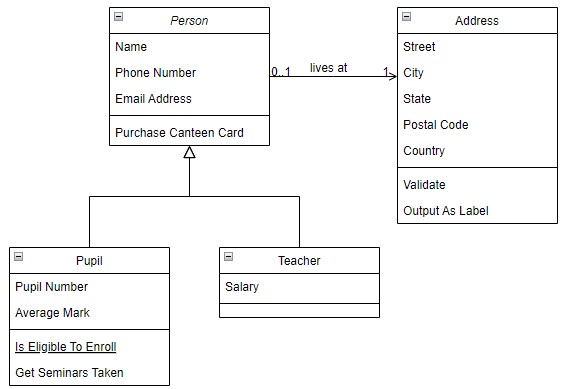UML
What is UML and Why Do We Use It?
The Unified Modeling Language (UML) offers a standardized way to graphically model software systems, business processes, and other complex structures. Teams use this modeling language to visually represent systems, making it easier to understand their design and behavior. It provides a shared language for developers, architects, and stakeholders to communicate technical details clearly.
In requirements engineering, UML helps teams document requirements accurately and avoid misunderstandings between clients and developers. Use case and activity diagrams illustrate processes and requirements effectively.
In software development, UML supports teams in planning architecture, designing systems, and implementing solutions. Class diagrams define structure, while sequence diagrams map out system behavior. This approach streamlines development and reduces errors.
In short, UML enhances clarity and improves collaboration throughout a project, from capturing requirements to delivering software.
Modeling, UML
When I think about building a system that works seamlessly, one thing stands out: the need for clarity. And where does this clarity come from? It comes from how we model our information structures. Yes, information structure modeling might sound complex at first, but trust me, it’s a game-changer.

